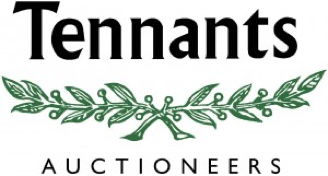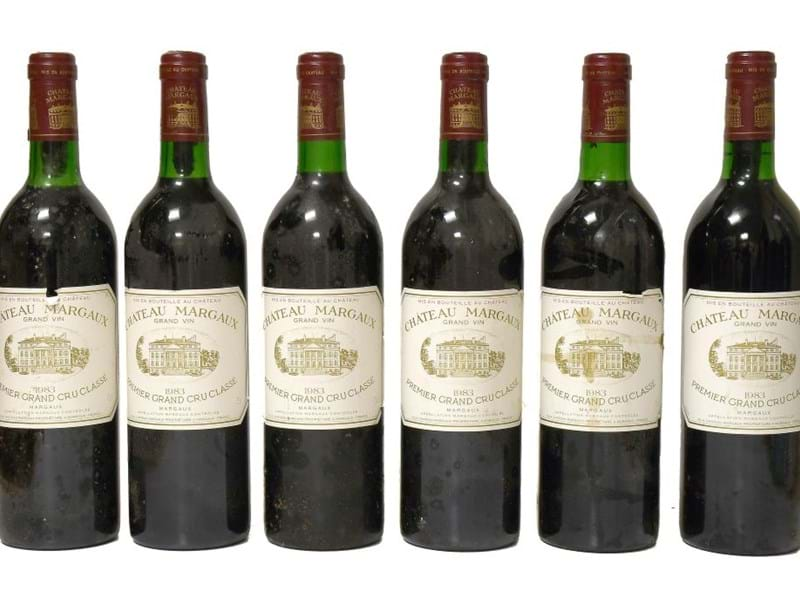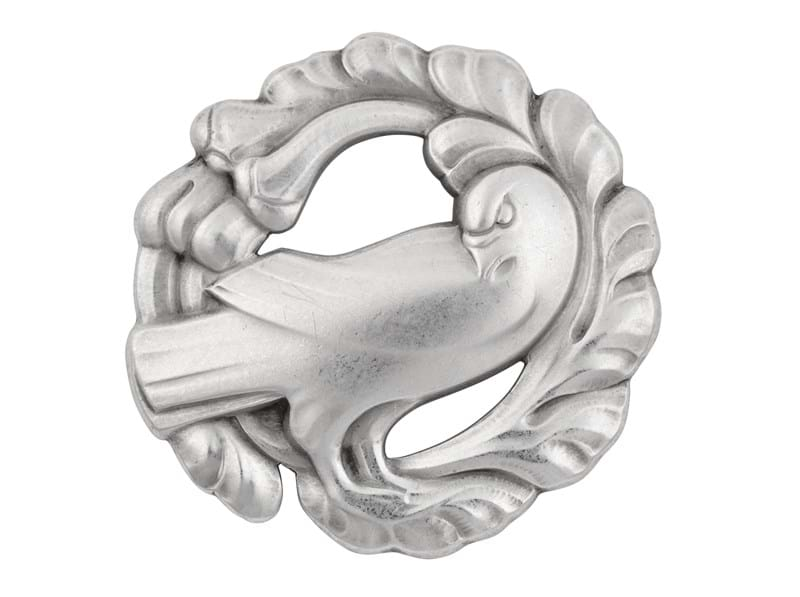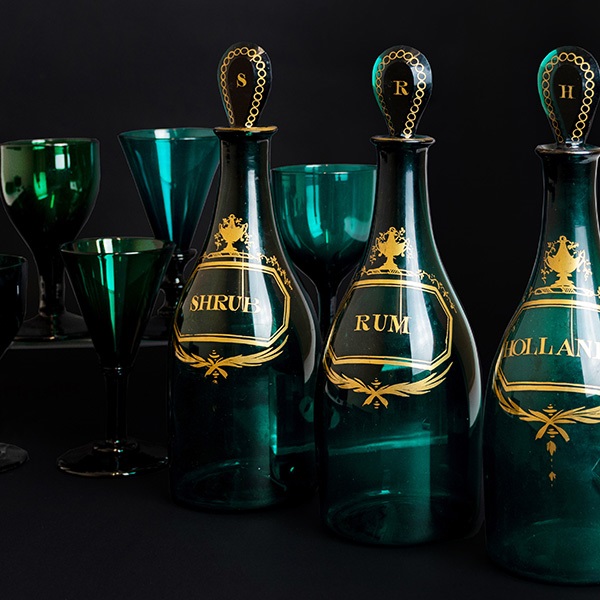Antique or Archaeological Revival jewellery was enormously popular in the 19th century and remains a firm favourite at auction today. First emerging in Italy c.1815, it sought to recreate the styles and goldsmithing techniques from the past and simultaneously created a new fashion trend. Taking inspiration from the Etruscans, Romans, Greeks and the Byzantine Empire, finely wrought gold jewellery in simple geometric designs were embellished with textured surface patterns, fine micro-mosaics, gemstones, cameos, scarabs and enamels.
The early 19th century saw large-scale archaeological excavations in Italy, and all manner of treasures were unearthed from tombs and ruins; a surge of Nationalism saw greater worth put on Italian cultural heritage too. This was also the age of the Grand Tour, when popular imagination was sparked these by fragments of the past being once more brought into the daylight; tourists who had visited Italy’s great ancient sights were eager to take home treasures to remind them of their visits. Thus, when Revival jewellery began to be produced there was a ready-made and engaged market.
The movement was started by the Castellani family of jewellers in Rome, who produced exquisite Archaeological Revival jewellery from 1815 onward. Their wares remain the most sought-after on the market today. The Castellani workshop sought to rediscover the complex methods used by the ancient goldsmiths to add fine gold detailing to the surface of their wares, using techniques such as filigree wire and granulation, a technique which saw tiny drops of gold added to the gold body of the jewellery. The technique was perfected by the Etruscans in the 9th – 4th centuries BC, but the true art of which had been since lost. The Castellani family almost mastered the technique. They did, however, discover a way to chemically recreate the rich, burnished tones of antique gold, which lent their wares a warm luminosity.
















